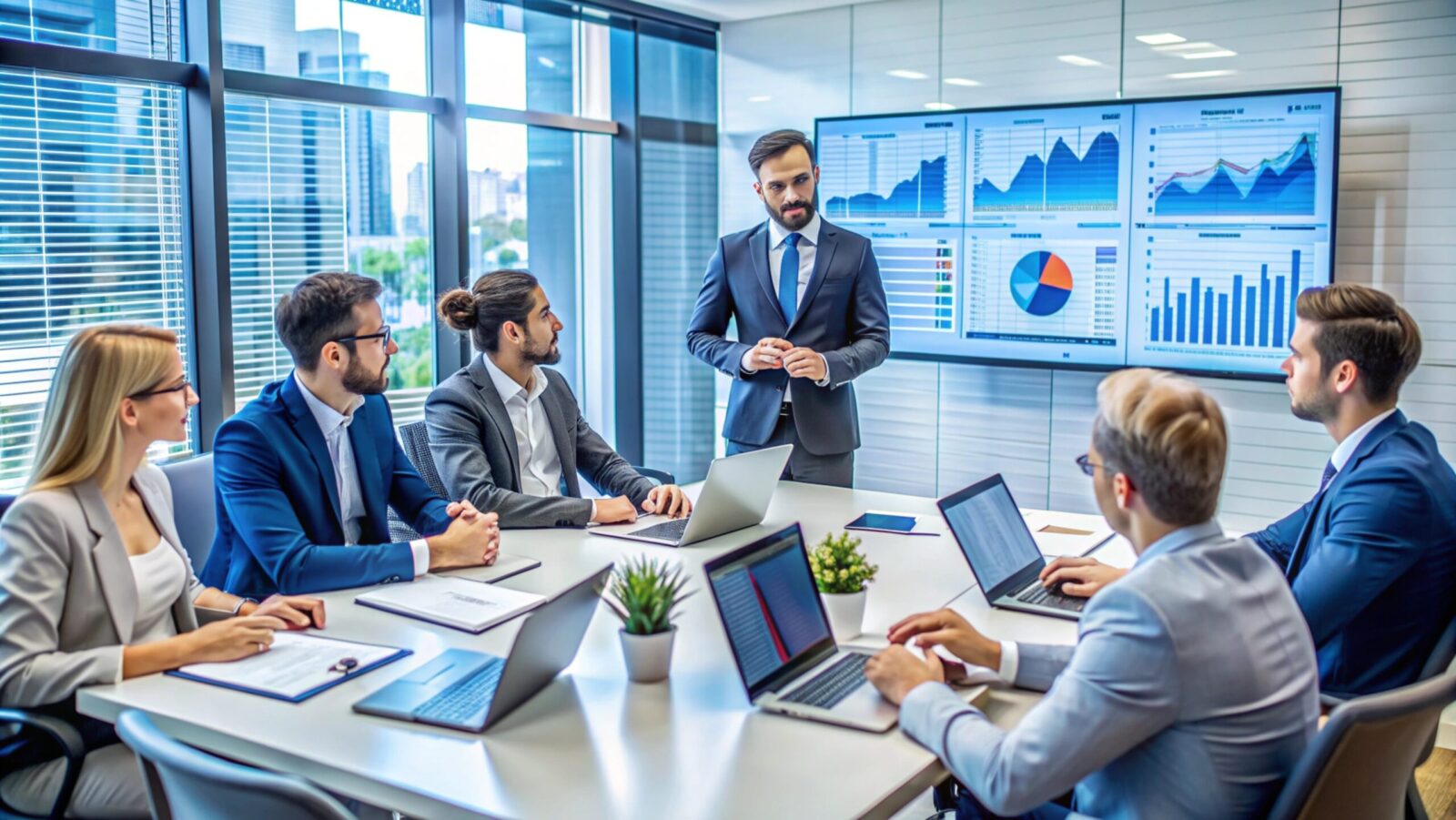
Achieving Success in Indirect Procurement: Step-by-Step Guide
Introduction: Procurement efficiency is crucial to the success or failure of a firm in today’s fast-paced commercial world. Any company...

Get 20€ off on your first order!
Procurement analytics is the process of gathering and examining procurement data to generate numeric insights for data-based business decisions. This approach is not just about figures and spreadsheets but more about leveraging information to create a clear picture of procurement in business, helping to guide actions and strategy.
McKinsey has reported that businesses can enhance their financial stability and cost management by leveraging data to allocate funds more wisely and effectively. This practice not only clarifies and speeds up decision-making processes but also equips those in charge of the supply chain with the essential information to determine when and how to take action.
In this article, we will explore the fundamental ways procurement analytics can be implemented within your business structure. Our goal is to empower you and your team to take control of your procurement strategy, leveraging the data at your fingertips to understand where you’ve been and where you’re heading.
Here are the topics that we will cover:
Leveraging analytics and dedicated server technology has become an integral aspect of modern business operations, as it helps organisations worldwide use data effectively for their decision-making.
The integration of data analytics in your procurement process comes with its own host of benefits, including:
Data, in all its variety, requires different approaches. In this section, we’ll walk you through the distinct kinds of analytics tailored to different facets of procurement, each fulfilling a specific role:
Understanding the concept of procurement analytics is just the beginning; putting it into practice requires knowing how it manifests in various aspects of your procurement process.
Here are some of the ways you can leverage analytics in your procurement:

Whether it’s understanding past trends through descriptive analytics, making predictions about future performance, or fostering decision-making with numerical insights, the shift towards a more data-driven approach in procurement has become a pathway to higher efficiency, better compliance, improved relationships with suppliers, and ultimately, a more robust bottom line.
Thank you! You've signed up for our newsletter.



















Introduction: Procurement efficiency is crucial to the success or failure of a firm in today’s fast-paced commercial world. Any company...

Introduction In a fast changing global economy, firms face supply chain disruptions, fluctuating markets, and unexpected demand. Managing these difficulties...

Introduction Data powers growth, efficiency, and competitive advantage in today’s fast-paced corporate environment. Procurement is crucial to every organisation. Fast-advancing...

Introduction: Procurement efficiency is crucial to the success or failure of a firm in today’s fast-paced commercial world. Any company...

Introduction In a fast changing global economy, firms face supply chain disruptions, fluctuating markets, and unexpected demand. Managing these difficulties...

Introduction Data powers growth, efficiency, and competitive advantage in today’s fast-paced corporate environment. Procurement is crucial to every organisation. Fast-advancing...
Get 20€ off on your first order!
Save 30% by buying directly from brands, and get an extra 10€ off orders over €100
Save 30% by buying directly form brands, and get an extra 10€ off orders over €100